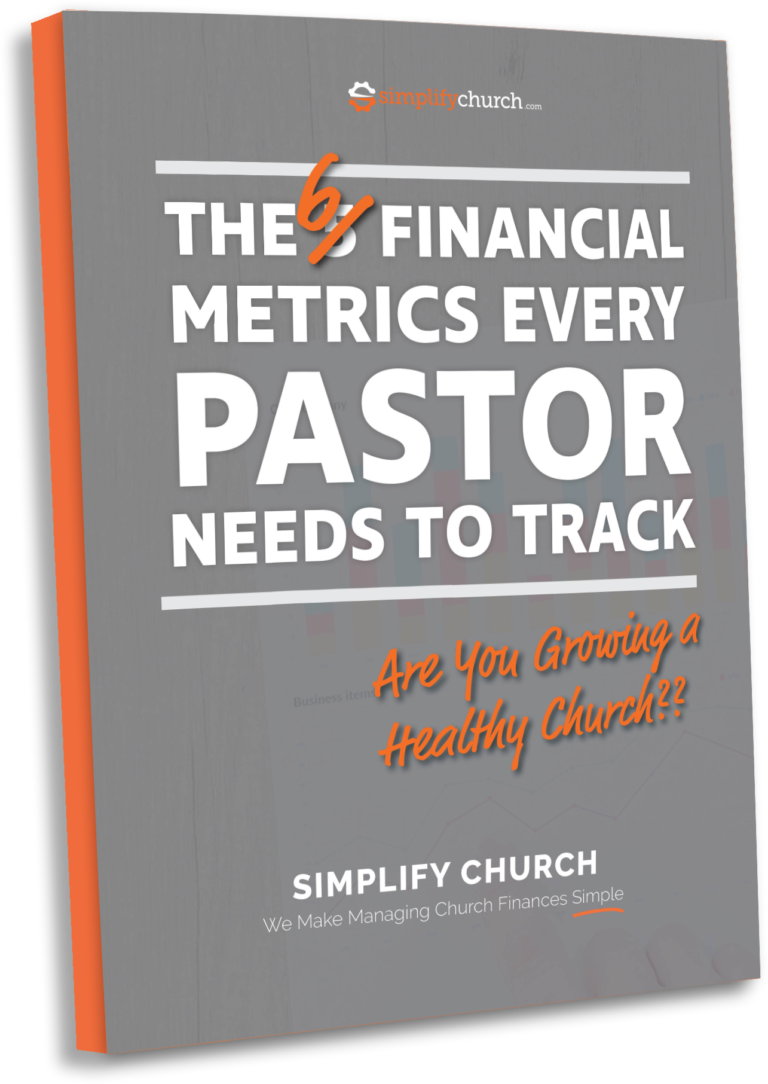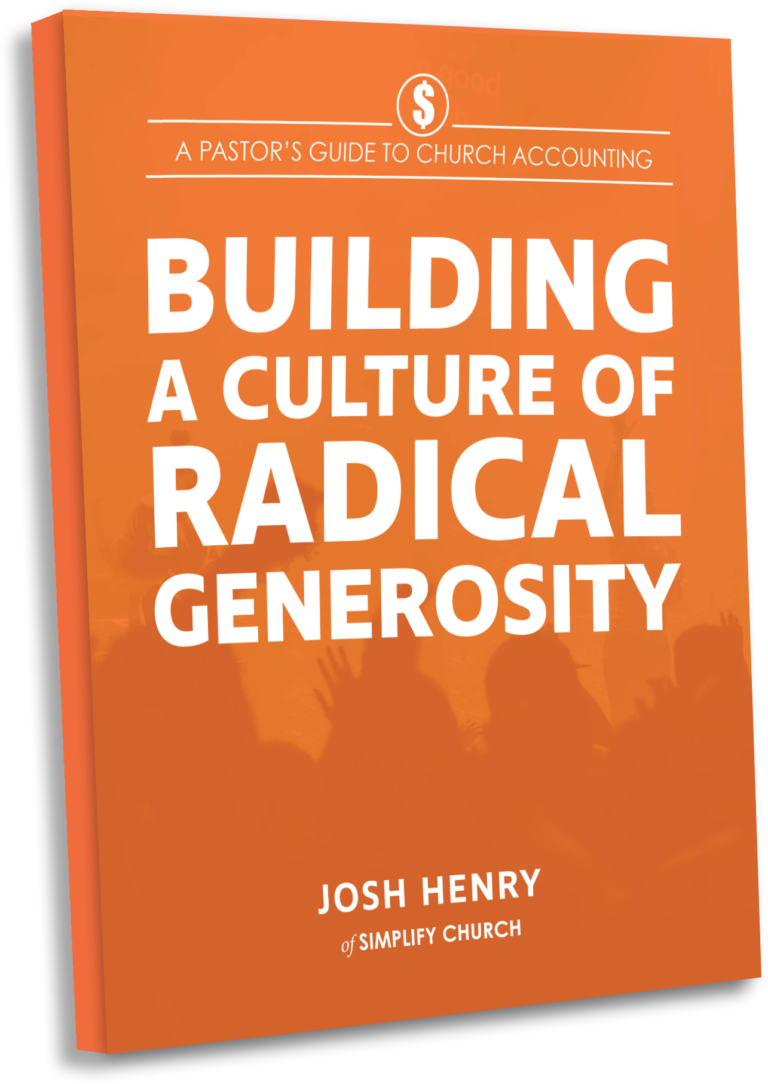It’s the end of the year. You sent out an end-of-year giving letter and your congregation responded.
Suddenly you have more money than you anticipated having. But then you worry:
- Is this a bad thing to have excess funds at the end of the year?
- Do I need to run out and spend it immediately?
- What should I do with this money?
- Will we lose our nonprofit status?
You can breathe a sigh of relief. You’re not about to lose your status.
There are four big questions that churches frequently ask about end-of-year finances. What most churches want to know is:
- Can we have a surplus of money at the end of the year?
- Should we aim to have a surplus at the end of the year?
- How much of a surplus should we aim for?
- What should we do with that surplus?
When we say surplus, what we’re really talking about is the amount of money a church has after all donations and income have been accounted for, and after all expenses have been subtracted. In accounting terms, this is either a “profit” or a “loss.”
Terminology is important here, since churches are not-for-profit organizations. As a not-for-profit, there are strict legal guidelines and laws that must be followed. Therefore, we need to be careful with the term “profit.” In this case, the more accurate term would be “net proceeds.”
Let’s address each of these questions in order.
Q1. Is it okay to have a surplus of money at the end of the year?
The short answer is yes. Just because you’re a church doesn’t necessarily mean you can’t show a “profit” at the end of the year.
A nonprofit can make a profit.
But there are limits to what you can do with that profit.
Your not-for-profit status impacts what you can do with the money that is left over. It ultimately it comes down to the purpose of your organization.
A traditional for-profit organization makes money for its owners or shareholders. Profit is usually distributed to shareholders or put back into the business.
On the other hand, a not-for-profit must have a “public or charitable” purpose. This means any end-of-year surplus should be used for a public or charitable purpose.
What does this mean for you? As a church, you cannot distribute that money in any way to shareholders, investors or other people that may have a stake in the church.
Pro tip: Just don’t give that money to individuals in any way at the end of the year.
Q2. Should we plan to have money left over at the end of the year?
You should absolutely have money in the bank at the end of the year. That is simply being a good steward of the resources God has given your church. Plus, it just makes smart financial sense.
You want a financial cushion to prepare for the unexpected. This could be an unexpected expense, a downturn in giving or simply an unexpected opportunity.
Q3. How much should a church plan to have left over after all expenses have been paid?
The quick answer is it depends.
There is no one-size-fits-all answer to this question. We’ve seen churches approach this question in a variety of ways.
Some organizations take a very conservative budgeting approach. They intentionally plan to spend less than they anticipate they will receive in a given year.
Other organizations budget based on what they received in the previous year. They then take whatever excess they receive from growth and allocate that money at the end of the year.
Still others plan for an end-of-year giving campaign that they hope will bring the organization surplus at the end of the year.
I’ll give some more thoughts on this in a moment, but first, let’s discuss the last question.
Q4. What should we do with this money?
The answer to this question is also, it depends. Some churches allocate this surplus for specific needs within the church, some use it to establish savings and some use it to fund future ministry growth.
Our advice is to strike a balance between savings and ministry. It’s always a good idea to save for a rainy day. In church life, you never know what the next week, month or even what tomorrow may bring. It’s fiscally responsible to have some margin in your accounts that allows for flexibility and financial security in the organization.
It’s also good stewardship, however, to be able to distribute those funds to missions, local ministries or other ministry needs of the church. Does your church need some new equipment that perhaps you’ve been putting off? Does your facility need updates or improvements? Are you able to bring on some staff support or outsource some work that is causing you additional stress?
However you choose to allocate these funds, the bigger point is that having a surplus at year end puts your church in a position where these decisions can be made. It gives you options.
Let’s return for a moment to the previous question of how much to put aside.
While it’s true that the exact amount depends on the circumstances of your church, there are a few principles that can guide us in this discussion.
We’d contend that having too much left over at the end of the year means that you didn’t fully invest into your full ministry potential. Ultimately it comes back to the foundation of stewardship. We are called as churches to be wise stewards of the resources that God has entrusted to us.
Stewardship involves both saving and investing. Good stewardship means that we’re using the resources to expand the mission of our church. It also means that we’re not putting our organization in a financially untenable position.
If you want to learn more about how you can better steward of the resources God has provided your church, or you simply want to gain a better understanding of how to effectively manage church finances, sign up to receive free church finance, administration and growth tips delivered right to your inbox.
If you’re ready to take the next step of taking the burden of managing your church finances off your plate, then let’s schedule a time to chat! We’ll show you how having a done-for-you financial management and accounting solution can help you and your church thrive!





